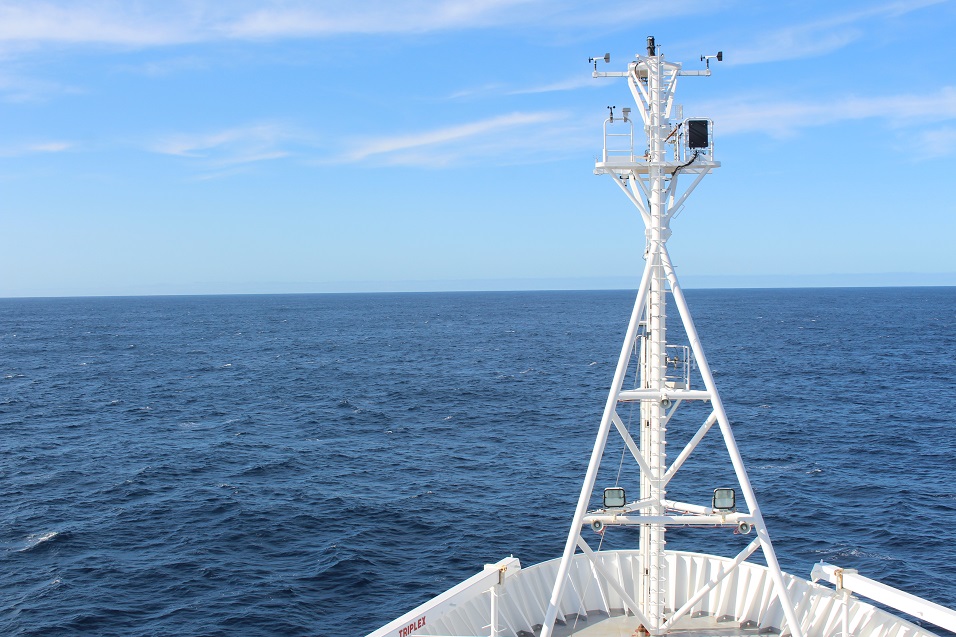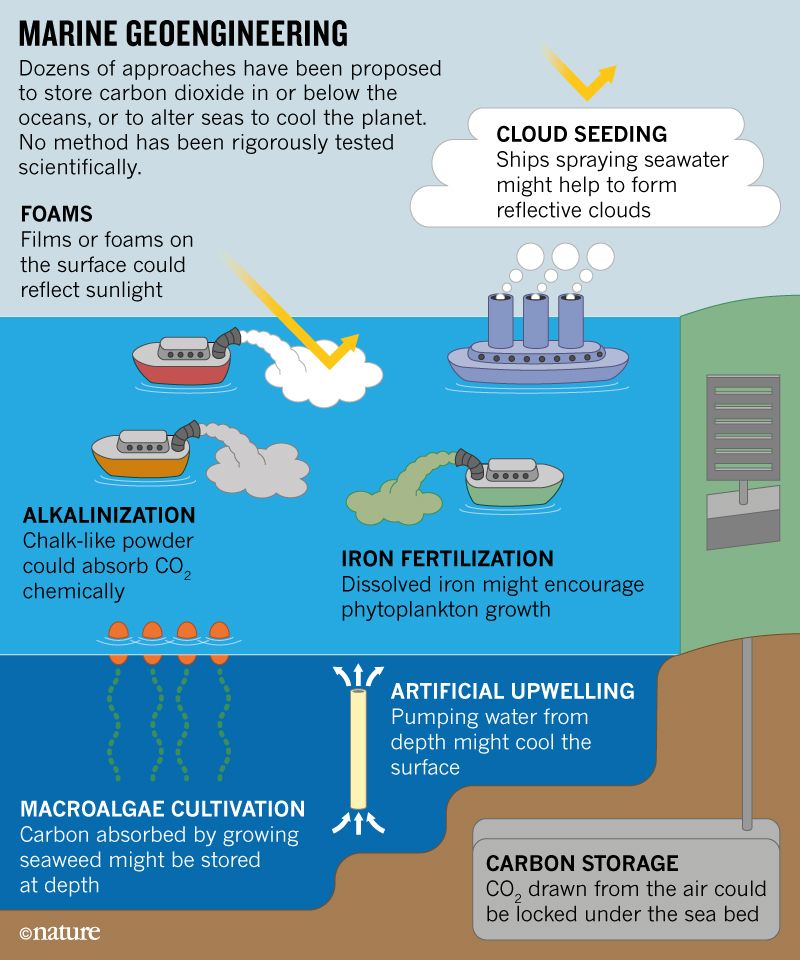
Two of the world’s leading experts on the potential use of marine geoengineering to cut carbon levels have called for urgent action from scientists and regulators to enable decisions to be made within three years about which methods might work.
Marine geoengineering has been proposed as a possible way to reduce atmospheric carbon levels and avoid catastrophic climate change.
To keep global warming below the 1.5oC goal set by the International Panel on Climate Change (IPCC), 20 billion tonnes of CO2 would need to be removed from the atmosphere each year until 2100.
In a Comment piece published in the leading international science journal Nature, Institute for Marine and Antarctic Studies (IMAS) Professor Philip Boyd and UK researcher Dr Chris Vivian argue that little is known about the potential consequences of marine geoengineering and scant research has been carried out that could inform policy decisions.
“The controversial nature of geoengineering divides researchers and most preliminary studies have not even been published in academic journals,” Professor Boyd said.
“As a result, the development of a global framework to regulate such research is being hampered.
“Researchers and policymakers remain in the dark about which negative emissions technologies are worth investigating and which will never work or are too damaging to pursue.
“But the climate clock keeps ticking and we are running out of time to make decisions on such proposals before it is too late to make a difference.”
Professor Boyd said the geoengineering methods that have been proposed include fertilising the ocean with iron to speed the growth of phytoplankton which take up CO2, and spraying clouds with seawater to reflect sunlight and cool the planet.
“Very little is known about what the consequences of these actions might be, and they would need to be applied on a massive, ocean-wide scale to cap warming.
“As climate dangers mount, marine geoengineering needs a body of evidence to guide research and regulation.
“We propose four steps to help find the way forward:
“We suggest that the United Nations Framework Convention on Climate Change or the International Science Council should take the lead by promoting these steps, so informed decisions can be made on geoengineering as soon as possible,” Professor Boyd said.